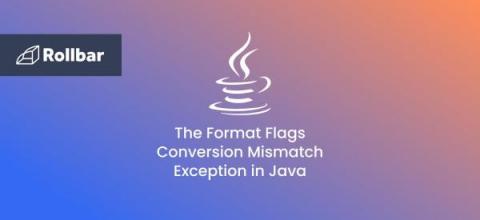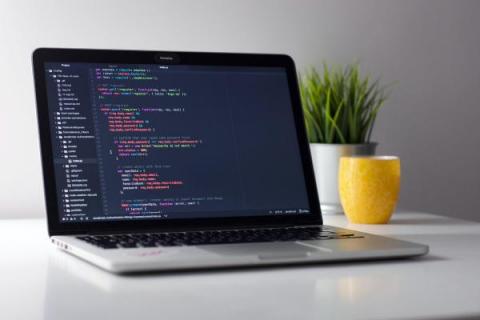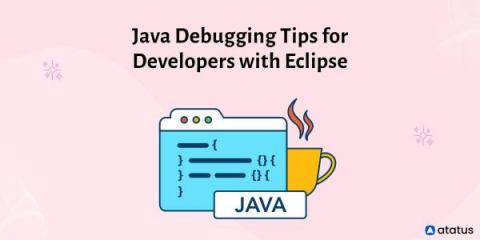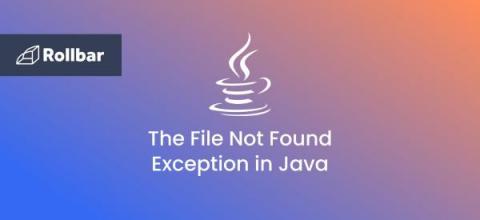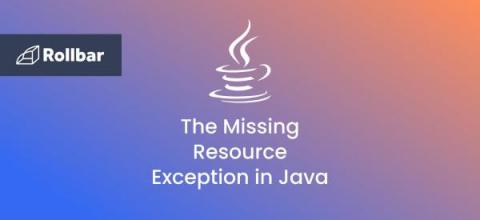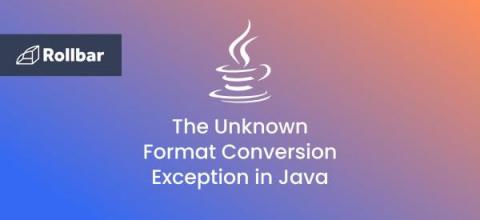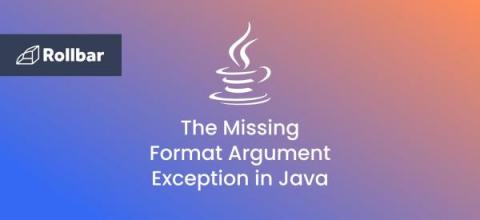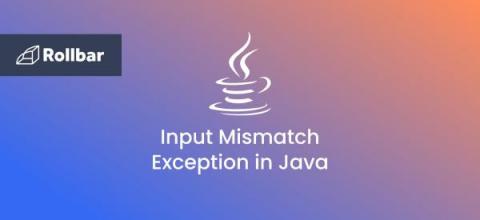How to Fix The Format Flags Conversion Mismatch Exception in Java
A FormatFlagsConversionMismatchException is an unchecked runtime exception which is thrown when a conversion and a flag are incompatible in the source code. This is a very common exception encountered when the programmer tries to format the string. Unless otherwise specified, passing a null argument to any method or constructor in this class will cause a NullPointerException to be thrown.


